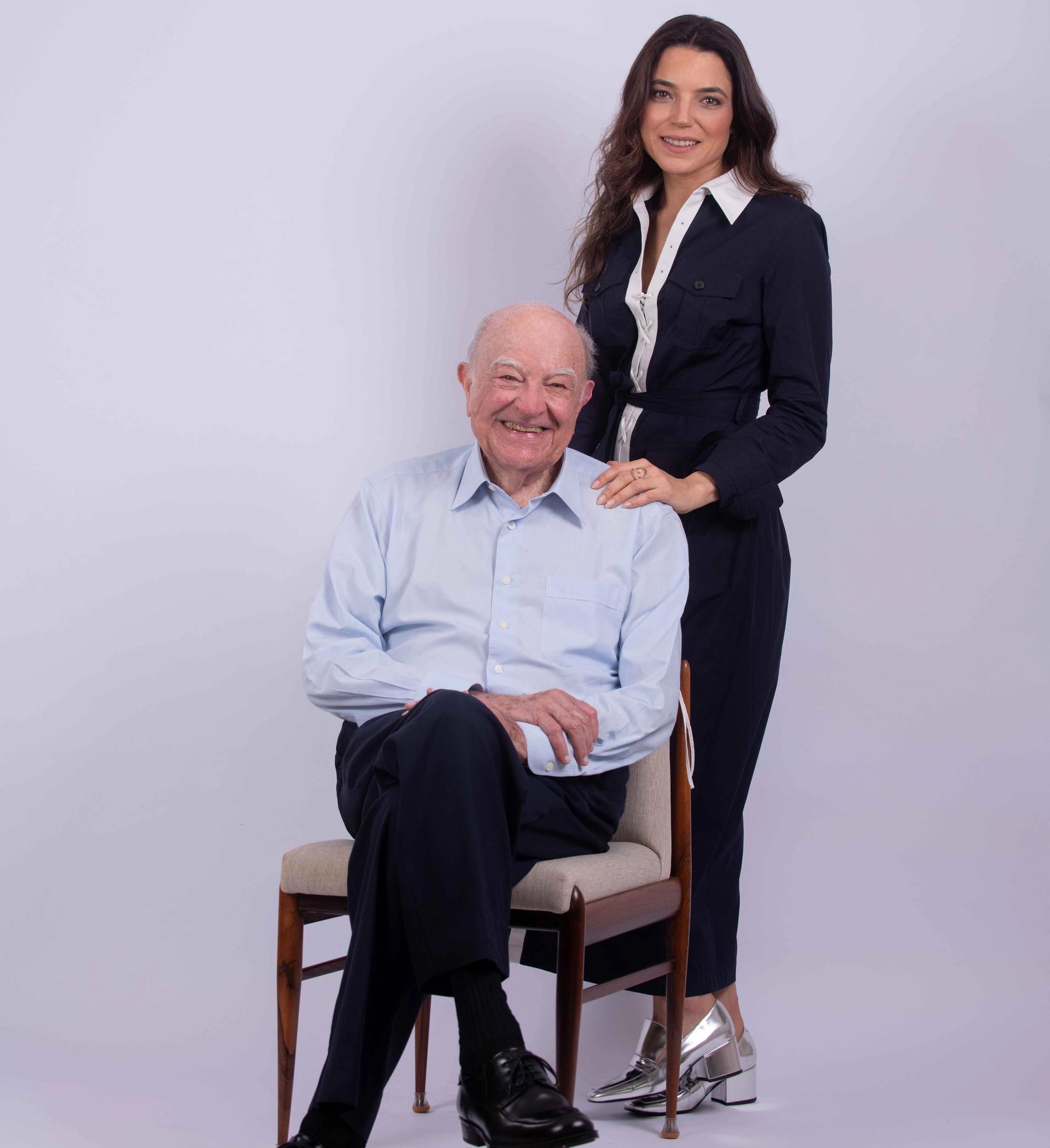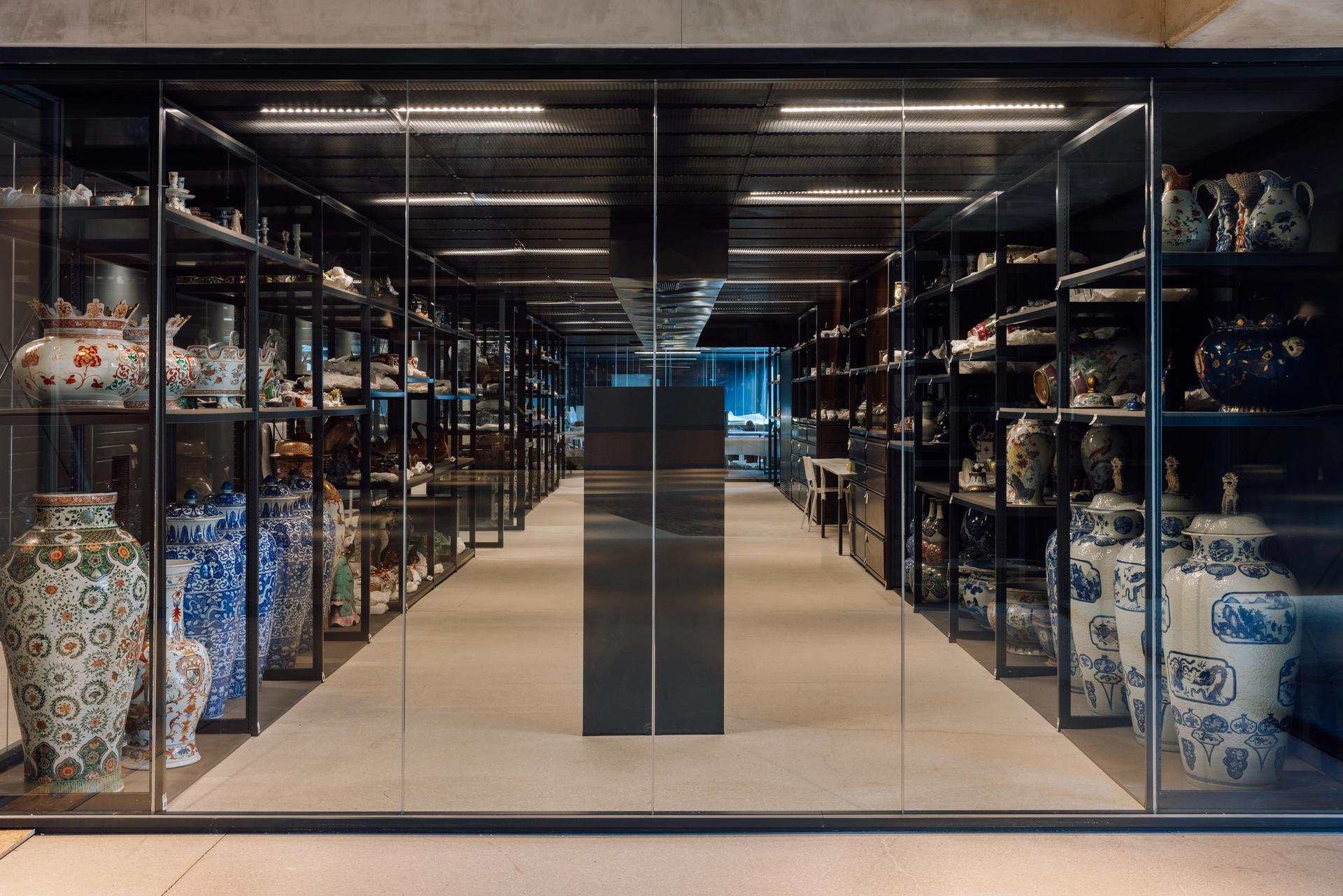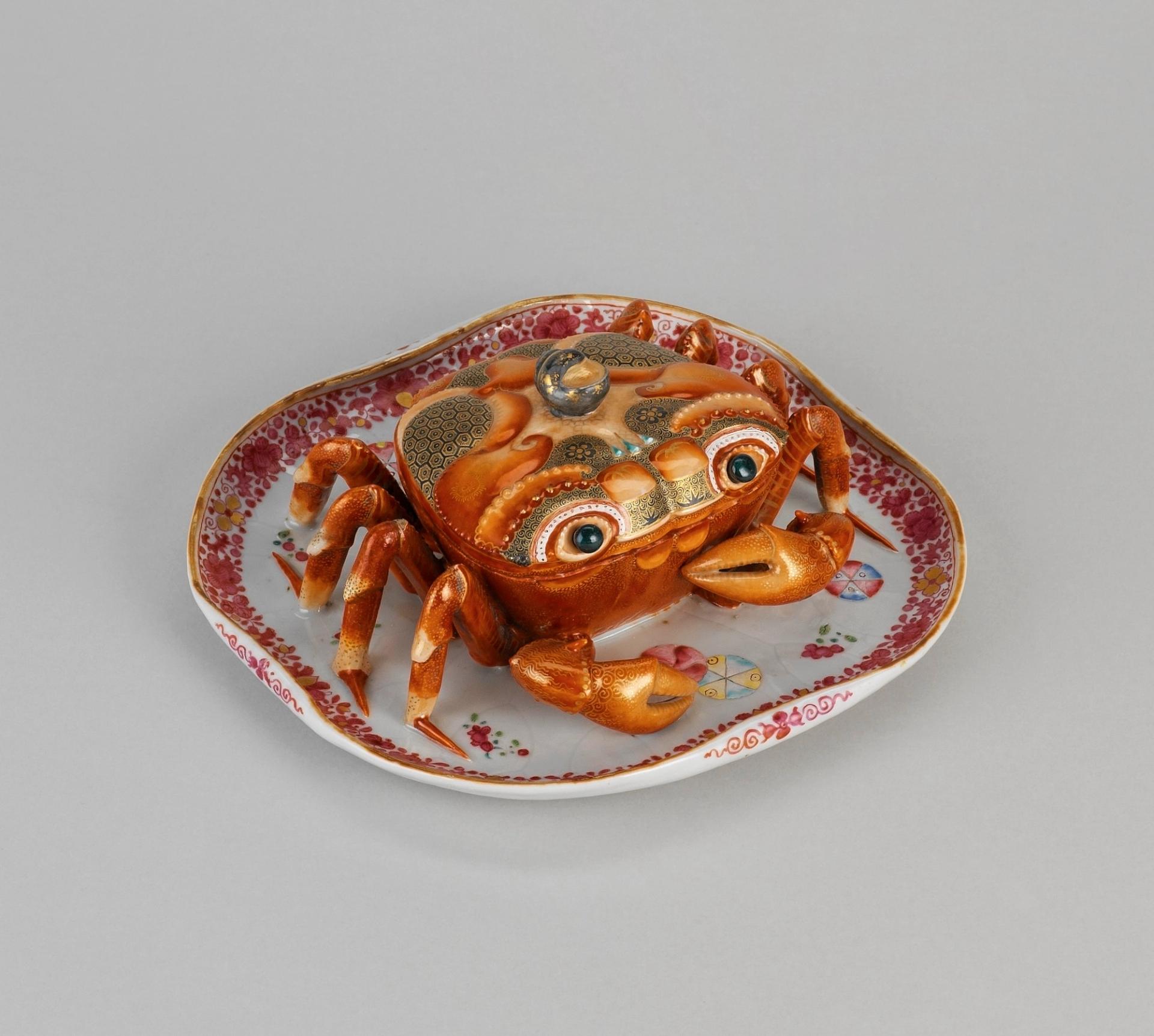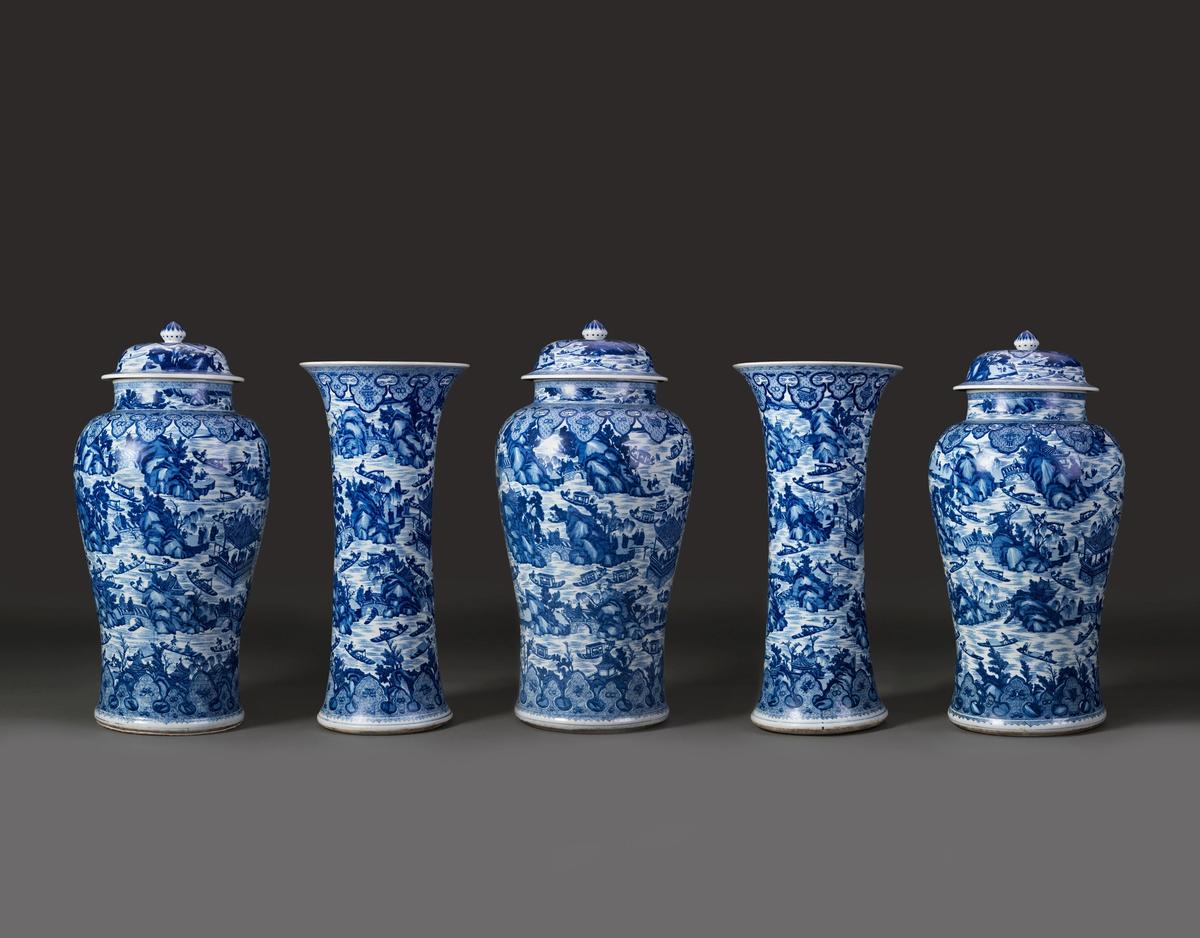A museum housing one of the world’s most significant private collections of Chinese export porcelain is due to open on 22 February in Sintra, a picturesque region close to Lisbon. The Albuquerque Foundation holds more than 2,600 Chinese works assembled by the Brazilian collector Renato de Albuquerque over six decades.
Founded by Albuquerque and his granddaughter Mariana Teixeira de Carvalho, the museum will take up residence in a historic quinta—or estate—used by the family as a summer home since the 1990s. After a redesign by the Brazilian architecture firm Bernardes Arquitetura, it includes a pavilion for exhibitions, a restaurant, a shop, a garden and a library.
The first temporary exhibition will be a solo show dedicated to Theaster Gates, the Chicago artist known for his socially engaged practice and work with ceramics. It will include a floor of black ceramic tiles made in Japan, alongside objects picked by Gates from the collection, the histories of which “intersect and create tension”, according to a statement.
A former civil engineer and construction entrepreneur, Albuquerque turned 97 in December. He first purchased a Chinese ceramic at a “small countryside auction” in São Paulo in his 30s, his granddaughter says. “He bought a piece that was cracked in the back ... He learned a lot [after that].”

Renato de Albuquerque and Mariana Teixeira de Carvalho have co-founded the museum
Courtesy of the Albuquerque Foundation
After focusing on Brazilian and Portuguese porcelain for a while, his attention turned to Chinese exports in particular. “Beyond their artistic value, which is immense, I was fascinated by the fact that these objects have travelled routes that are indicative of an intense exchange and mixture of economic, cultural, religious and personal relations between the East, the West and the Global South,” Albuquerque says. The collection is especially strong on Ming and Qing export porcelain from the 15th to 18th centuries as well as works made for the imperial court.
An exhibit Albuquerque says he is “particularly connected” to is an 18th-century pair of eagles that he pursued for four decades after first hearing about them in the 1960s. “I’ve followed their whereabouts since, missing the chance of acquiring them every time they changed hands until my luck turned in the early 2000s,” he says. “Allegedly there is only one other pair like this, belonging to the Rothschild family.”
The decision to launch the foundation in Portugal is fitting: the country’s merchants were the first to begin regularly importing Chinese porcelain into Europe more than 500 years ago. Among the works on display will be a large number of the first ceramics commissioned by Portugal from China in the mid 16th century.

The Albuquerque Foundation holds more than 2,600 Chinese works assembled by the Brazilian collector Renato de Albuquerque Photo: Francisco Nogueira Courtesy The Albuquerque Foundation
“We want it to be vibrant, to be activated, to be part of summer festivals,” says Carvalho, a former human rights lawyer who has served as a director at commercial galleries including Hauser & Wirth. “We want to use the garden in many ways, eventually turning it into a sculpture garden.” The Albuquerque Foundation will host artists in residence, with accommodation available for up to three at a time, while an educational programme will engage with families living in the area.
A notable cultural landscape
The museum, which will be directed by the curator and critic Jacopo Crivelli Visconti, has required “a healthy investment” of several million euros, Carvahlo says. It has been funded by the family to date, though Carvalho says she hopes to find additional support for future programming. “We would like the residency programme to be more extensive; we would like to expand the educational programme to make it more [international]—so we will probably require some external funds,” she says.
Sintra’s “cultural landscape” is a Unesco World Heritage site, filled with fairytale palaces, winding forest paths, ponds and caves. Thanks in part to its cooler microclimate, it historically served as a summer retreat for the Portuguese royal family. Linhó, the village where the foundation is located, is only around half an hour’s drive from Lisbon and even closer to other attractive coastal destinations such as Cascais.
Opening the collection is a big moment for Albuquerque, Carvahlo says. “He is so discreet about it,” she says, even amid considerable interest from researchers and museums (he has loaned objects to institutions including the Metropolitan Museum of Art in New York). “He didn’t want it to be seen as an ego project. He had to be convinced. It took maybe eight years for him to change his mind.”

Porcelain decorated in Famille Rose enamels and gold. Qing Dynasty, Qianlong Period (1736-1795), CA. 1770
Courtesy of Albuquerque Foundation
Albuquerque still collects, though less intensively. He says he is glad that Carvalho and his daughter Teresa “twisted [his] arm to embark on this mad journey”. The collection “can now serve a wider purpose, providing resources for research, expanding knowledge, and inspiring others”, he says. “Perhaps it will transform a few visitors into aficionados like me, who will share my passion with future generations.”


